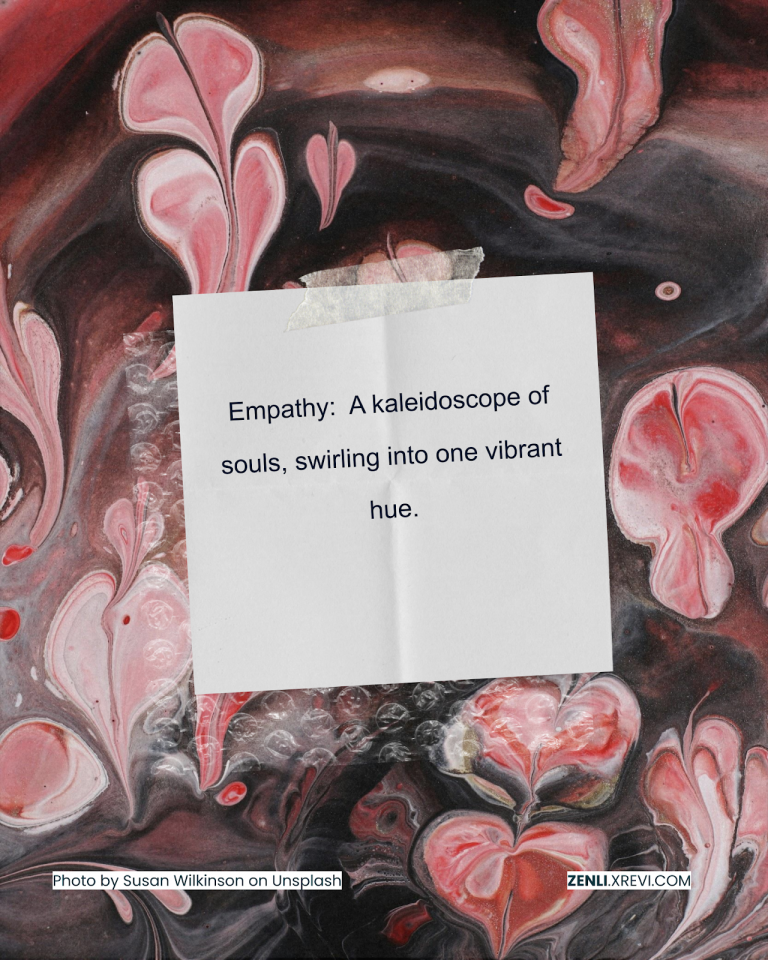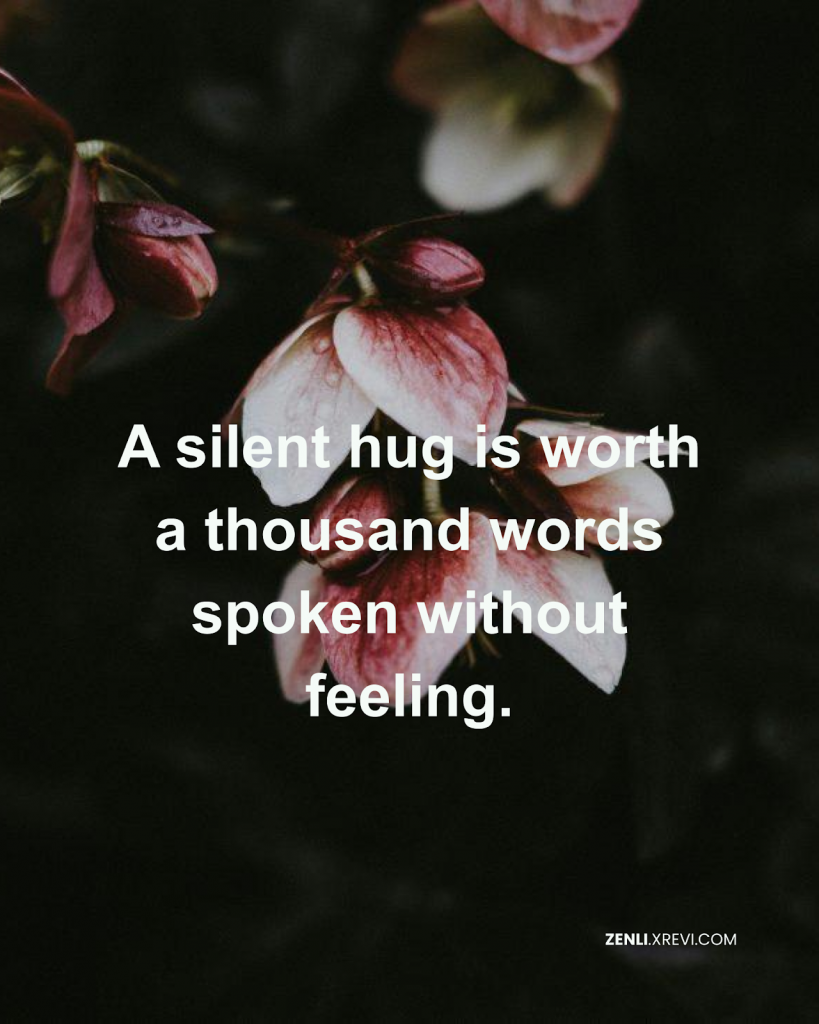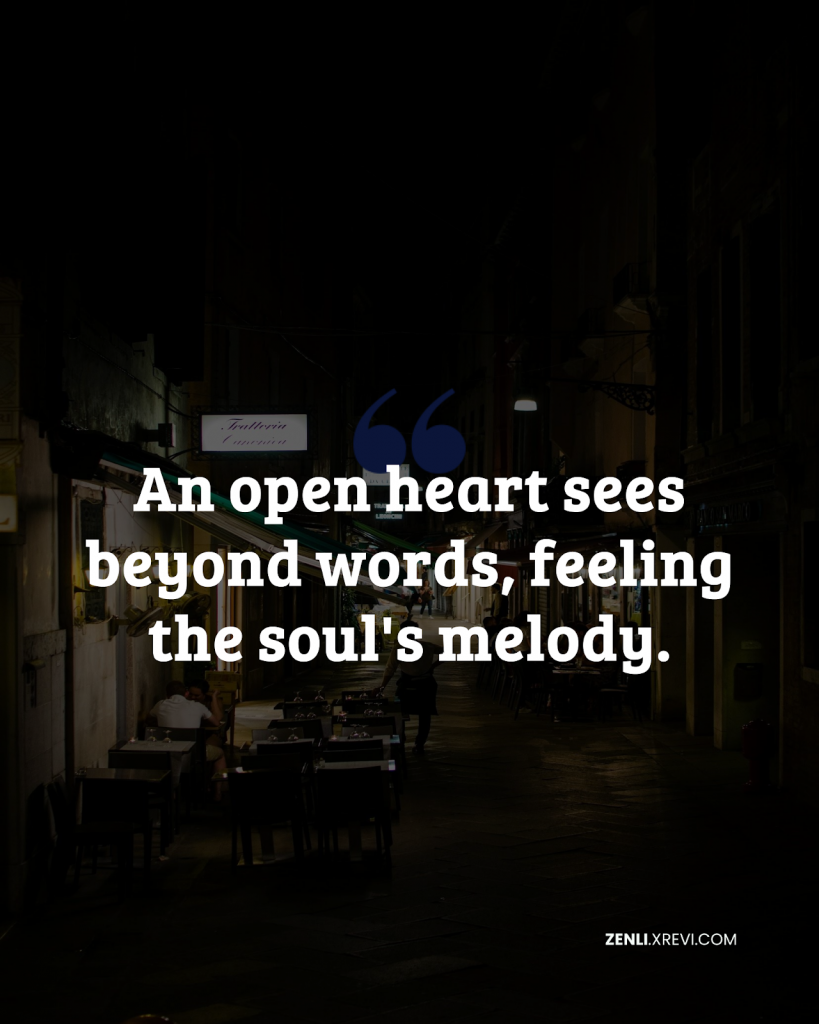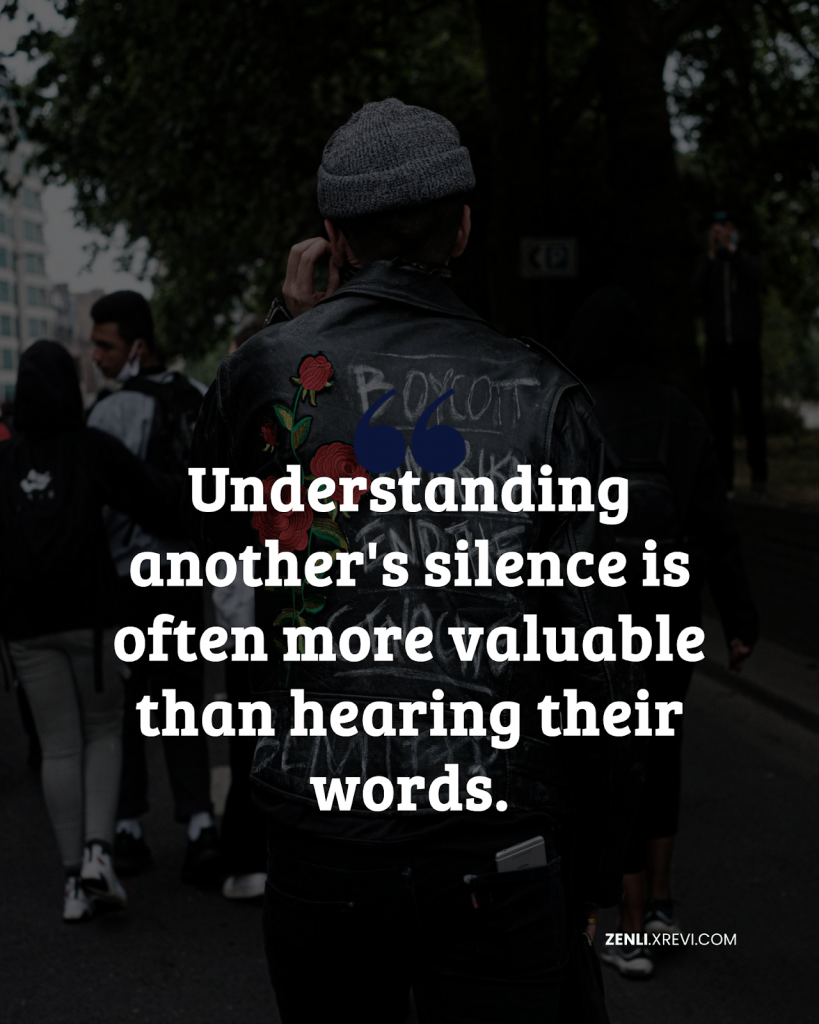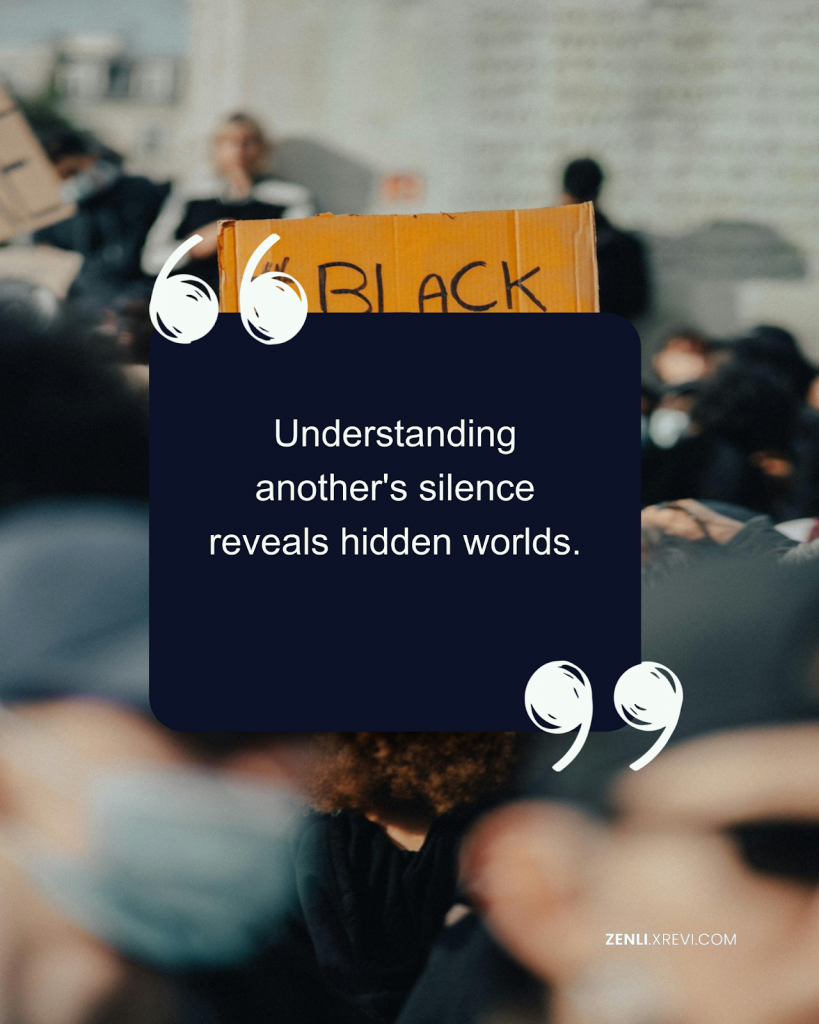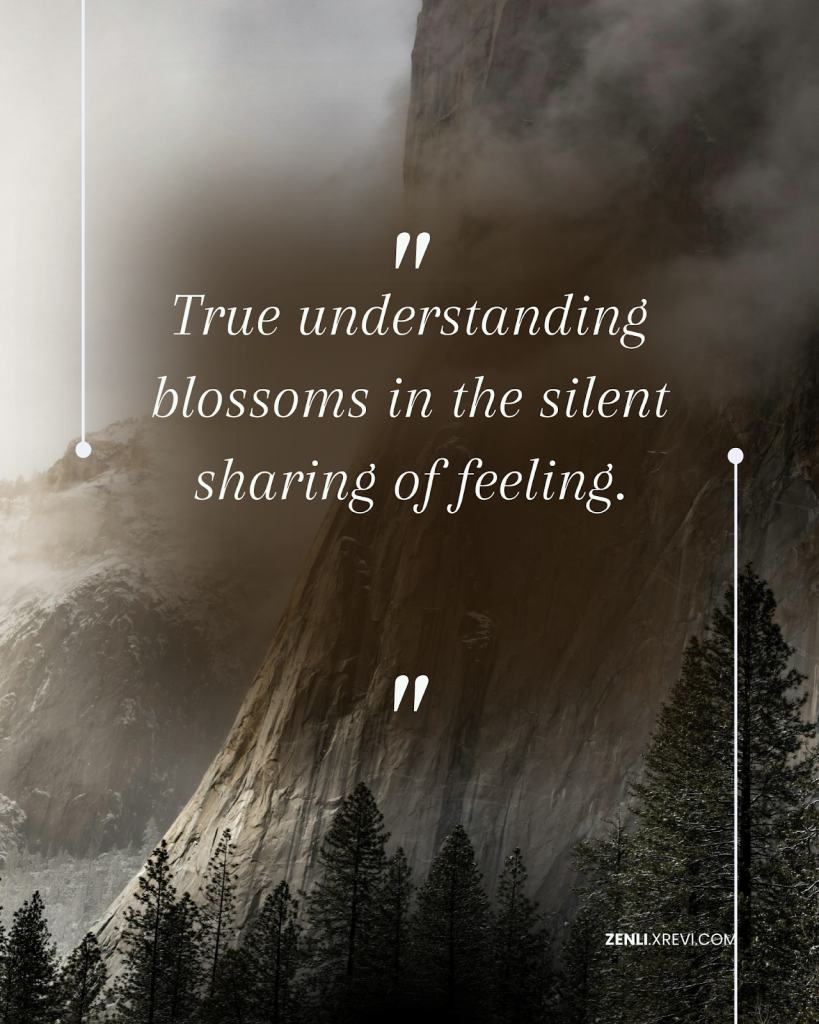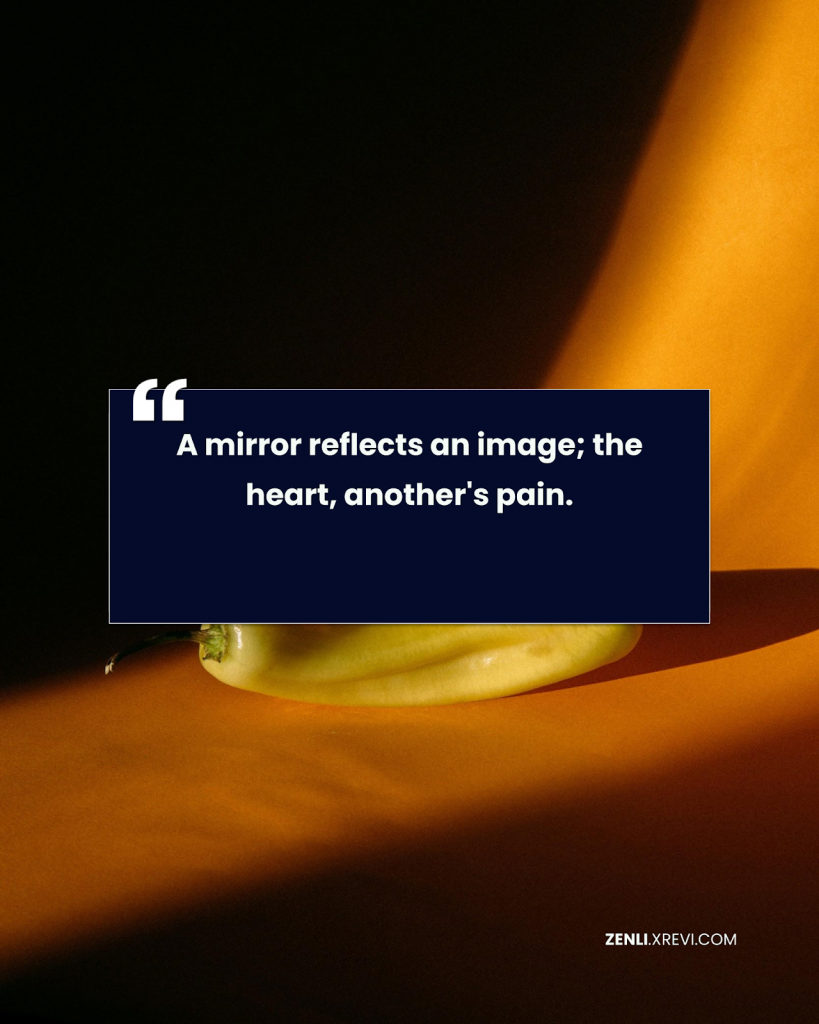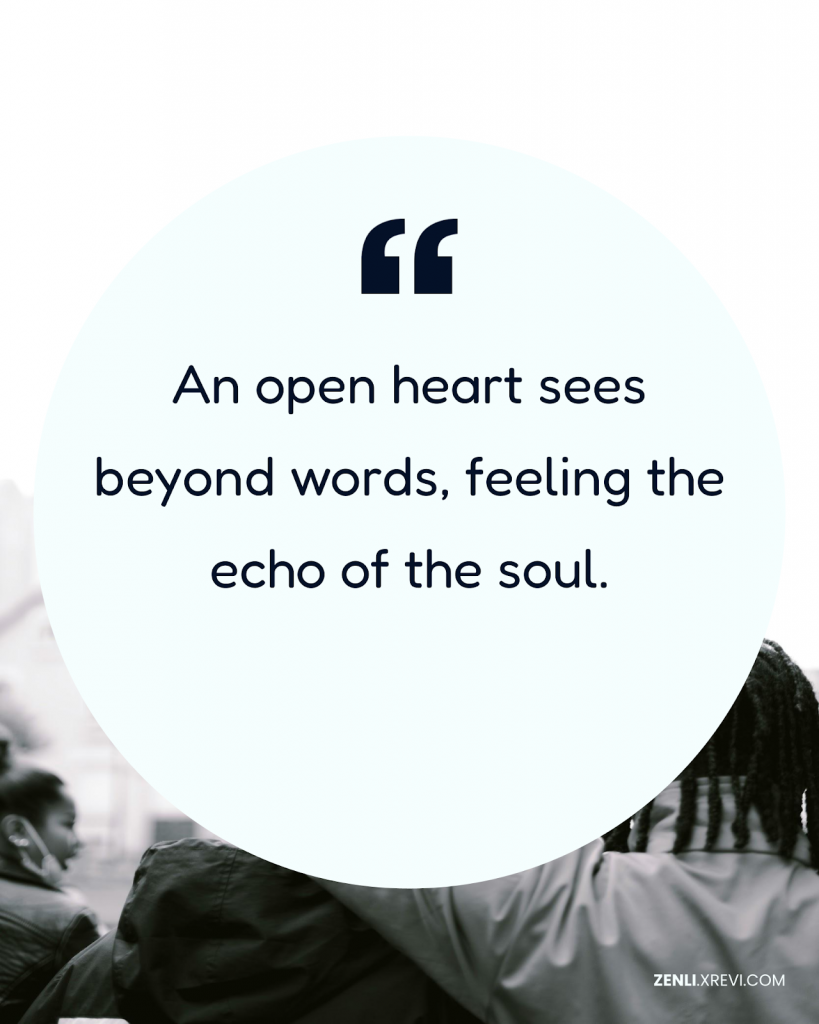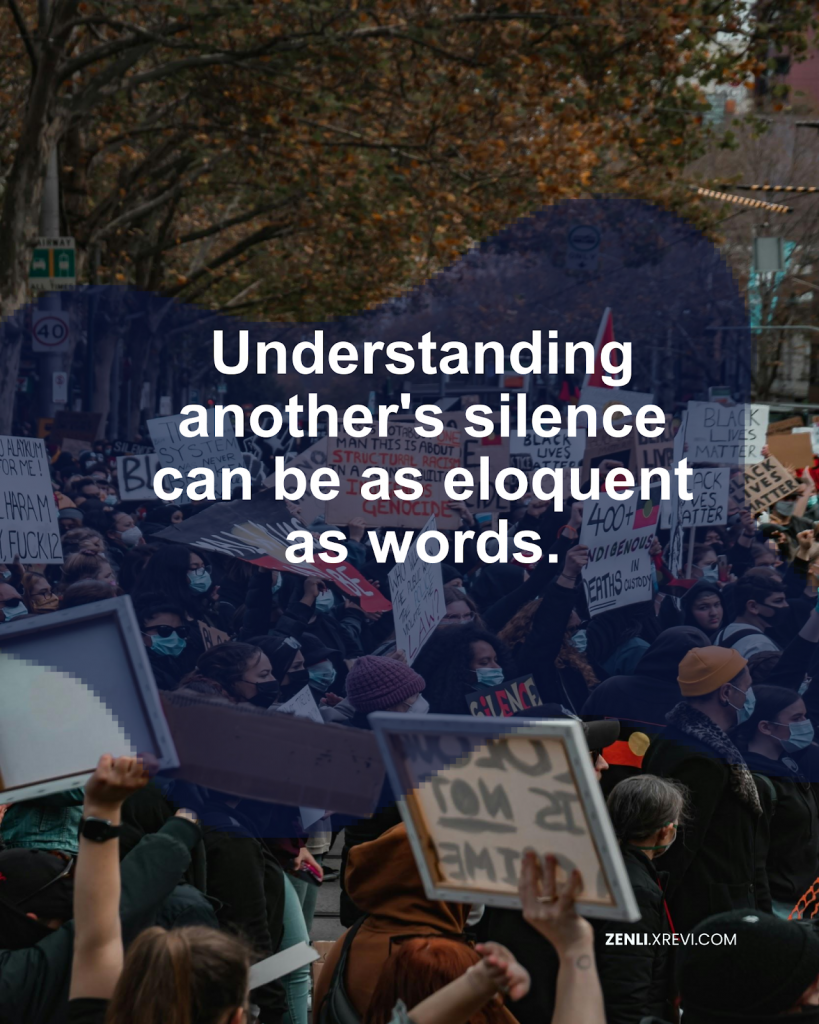Have you ever felt a pang of sadness watching a friend struggle, even if you haven’t experienced their exact situation? Or found yourself instinctively offering a helping hand to a stranger in need? These moments, however fleeting, are glimpses into the incredible power of empathy – the ability to understand and share the feelings of another. In our increasingly interconnected world, often characterized by rapid-fire communication and a constant stream of information, it’s easy to forget the fundamental human connection that empathy provides. It’s more than just acknowledging someone’s pain; it’s stepping into their shoes, even if only for a moment, and truly feeling what they feel. It’s about building bridges instead of walls, fostering understanding rather than judgment. But how exactly do we cultivate and utilize this powerful human trait in our daily lives? Let’s explore.
Empathy: A kaleidoscope of souls, swirling into one vibrant hue.
This quote perfectly captures the essence of empathy. Think of a kaleidoscope: a seemingly chaotic jumble of pieces that, when viewed through the right lens, creates a breathtakingly beautiful and unified image. Similarly, empathy brings together the diverse experiences and perspectives of individuals, creating a richer, more meaningful understanding of the world. Each person’s story, each emotion, contributes to the overall vibrant hue. For example, imagine a doctor treating a patient battling a chronic illness. True empathy isn’t just about knowing the medical facts; it’s about understanding the patient’s fear, frustration, and hopes – the emotional kaleidoscope of their experience. It allows the doctor to provide not just medical care, but compassionate and holistic support. The same principle applies to our relationships with friends, family, and even strangers. By actively listening, asking thoughtful questions, and truly trying to understand their perspective, we create space for connection and genuine understanding. This isn’t about minimizing someone’s pain; it’s about acknowledging its validity and offering support in a way that resonates.
Ultimately, cultivating empathy involves conscious effort. It requires active listening, the willingness to step outside our own perspectives, and a genuine desire to connect with others on a deeper level. It’s about resisting the urge to judge and instead, seeking to understand the root causes of someone’s feelings and behaviors. Practicing empathy might mean offering a kind word, lending a listening ear, or simply acknowledging someone’s feelings without trying to fix the problem. These seemingly small acts have the power to create ripple effects of compassion and understanding throughout our communities.
Empathy is not a passive trait; it’s a skill we can develop and refine over time. By consciously choosing to practice empathy in our daily interactions, we enrich not only the lives of others but our own. Think about a recent interaction where you either felt or lacked empathy. How did it impact you and the other person involved? Share your reflections in the comments below – let’s continue this conversation and explore the vibrant hues of empathy together. The world needs more understanding, more compassion, and more empathy – let’s all contribute to this beautiful, vibrant hue.
Photo by Susan Wilkinson on Unsplash
